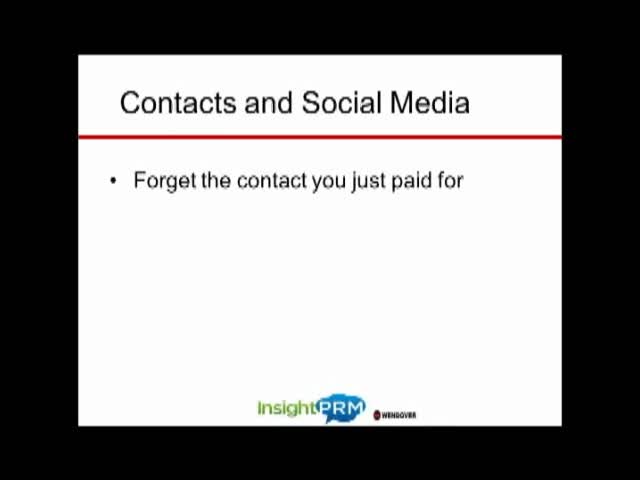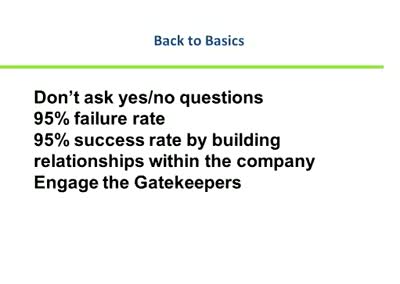What should I do when my prospect lies to me about their trigger event?
by Shannon F.
In the past, we’ve discussed how trigger events such as an office move are the best indicators of an impending purchase. But what happens when a prospect refuses to admit that the trigger event is actually happening? This is a customer scenario that we see frequently:
Sales Rep Bob contacts a confirmed office relocation lead, and the company (let’s call them ABC Co.) promptly tells him: “You’re the fifth salesperson to contact me today. I don’t know where you got your information, but we’re not moving our business.” Sales Rep Bob becomes discouraged and assumes that ABC Co. is telling the truth: they’re not moving. He gives up on the lead. Several months later, ABC Co. relocates their office, using the services of Bob’s competitor.
What could Bob have done differently? For one, he could have paid less attention to ABC Co’s insistence that they were not moving and instead focused on their key objection: “You’re the fifth salesperson to contact me today.” ABC Co. lied because they were frustrated with the flood of sales calls they were receiving. They assumed that if they refused to admit to the move, salespeople like Bob would stop bothering them. And they were right.
Did you know that only 12% of salespeople make more than 3 attempts to set an appointment with a prospect?
If Bob had waited a week or so and tried back, he may have received a warmer reception. He may also have won out over his less persistent competitors and landed the deal. The first step of setting an appointment with a tough prospect is to ensure that you are a member of the 12% who follow up.
Of course, there are a couple other ways Bob could have gotten ABC Co. to be more honest about their impending trigger event.
1. He should not have mentioned the move. Instead, Bob should have called offering information for companies that are growing or changing, then waited for ABC to self-identify.
2. Following the less-than-successful first attempt, Bob should have tried a different approach. For example, he could have sent them a webinar invitation or a free informational resource to download and waited for ABC Co. to opt in on their own.
3. He should have done some research and approached multiple contacts in the company. By tapping into his Linkedin network to find additional contacts at ABC Co., Bob may have gotten the response he was looking for: that ABC Co. was indeed planning an office move.










